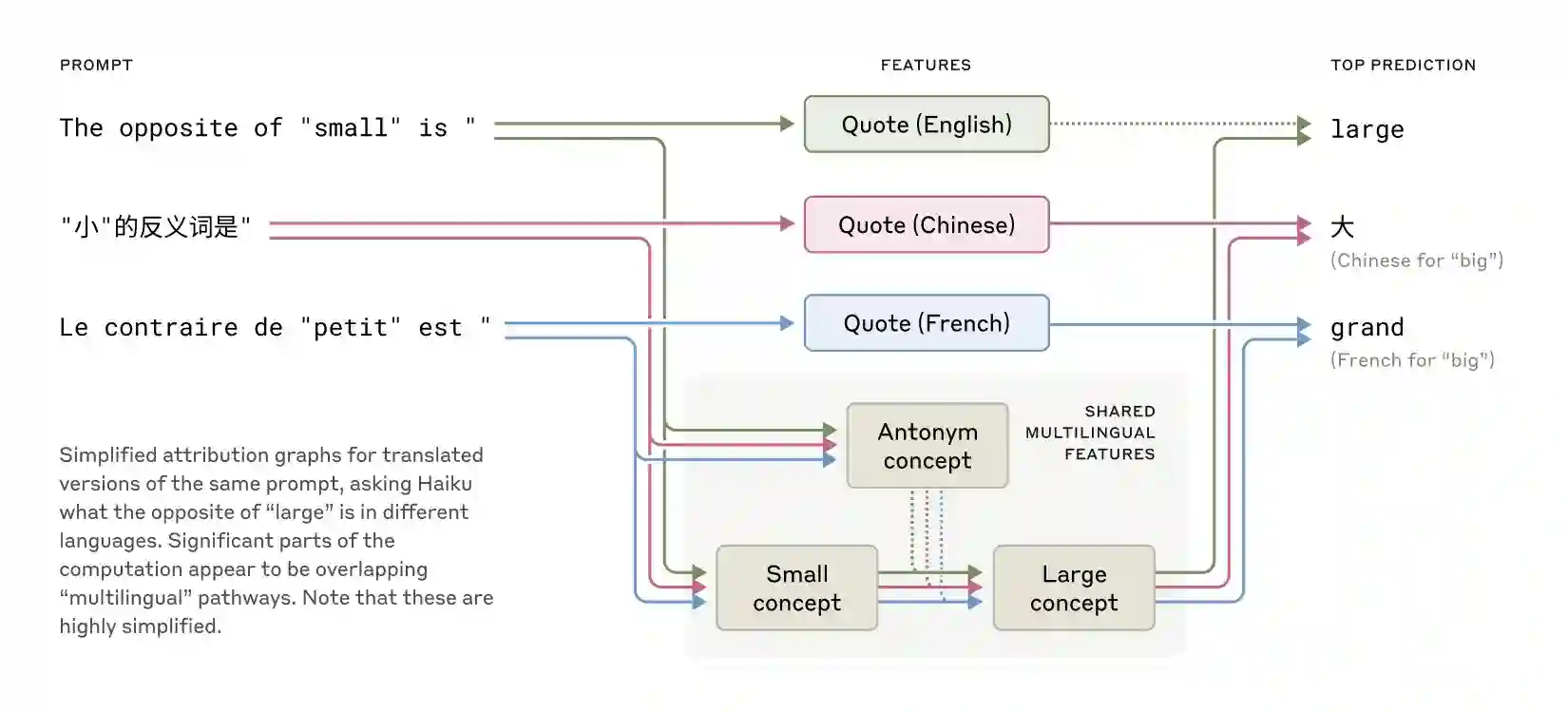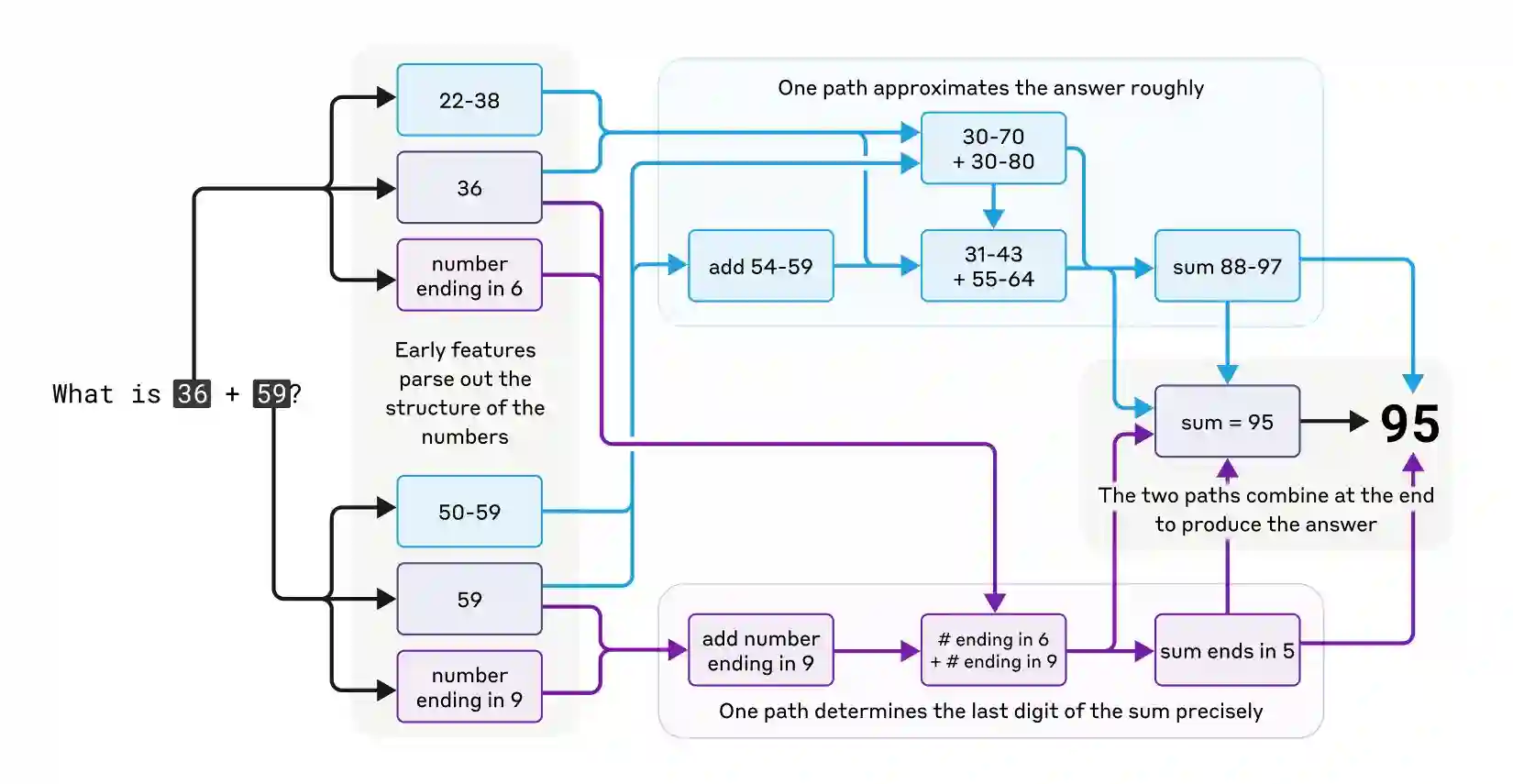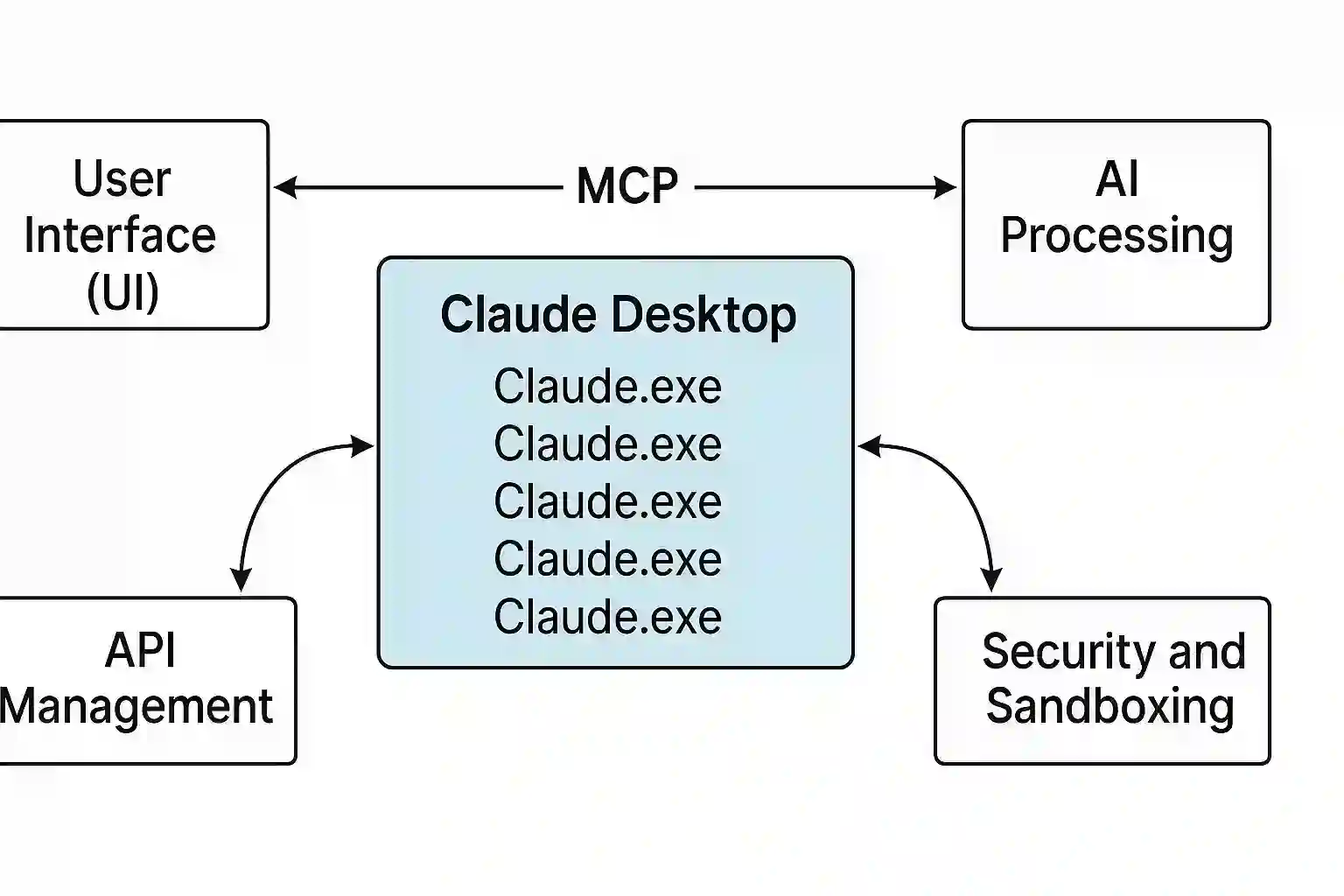How Claude Works Multilingually
Claude, Anthropic's AI, speaks many languages by activating abstract concepts. It does not have separate versions for each language but uses a shared conceptual foundation. It thinks in concepts and then translates, maintaining meaning.

Claude is an artificial intelligence developed by Anthropic that has the ability to understand and speak many languages, including English, French, Chinese, and Tagalog. Its multilingual capability raises curiosity about how it manages so many languages without apparent difficulties. The fundamental question is whether Claude has separate versions for each language or if there is a deeper mechanism that allows this linguistic versatility.
Recent studies have provided clues on how Claude handles languages. Researchers tested Claude by asking what the opposite of "small" is in three different languages: English, Chinese, and French. The answers were correct and clear: "large" in English, "大" in Chinese, and "grand" in French. However, what is striking is not just the final answer, but the mental process Claude uses to arrive at it.
When Claude receives a question, it first activates abstract concepts. For example, when asked to find the opposite of "small," Claude first processes the concepts of "small," "opposite," and "large." These concepts exist in a common space, independent of language. Only after processing these concepts does Claude translate the answer into the language requested by the user.
Claude uses similar mental structures to understand terms in different languages. This means there are not three versions of Claude, but a single artificial intelligence with a shared conceptual foundation. More advanced models, such as Claude 3.5 Haiku, show greater overlap between languages. These models use a kind of common "mind map," allowing them to learn information in one language and apply it in another.
The idea that emerges is that Claude does not simply translate words but thinks first in concepts and then expresses them with the appropriate words based on the user's language. This approach explains why Claude can respond in many languages without losing meaning and why it can explain complex concepts clearly and contextually. Its linguistic adaptability is one of the features that makes Claude a unique and versatile artificial intelligence.

